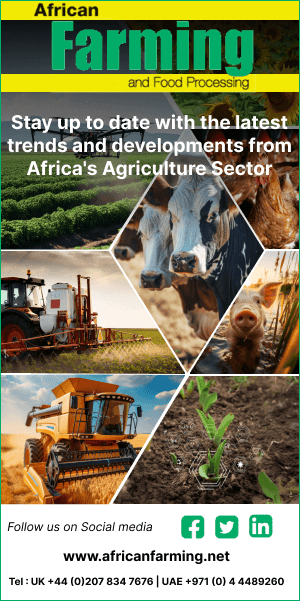In Vietnam’s rural heartlands, a new generation of farmers is transforming agriculture through technology.
At the centre of this shift is the use of agricultural drones from XAG, helping farmers save time, reduce labour, and improve crop yields—while offering young people a meaningful reason to return to their hometowns.
One such farmer is 30-year-old Lưu Văn Đoàn. After years of working far from home in a factory, Đoàn returned to Tiền Giang province and discovered drone technology through his brother. "I used to work at a factory far from home, barely earning enough and missing my family," he recalls. "I found my passion for technology. Soon I was piloting drones every day." Today, Đoàn earns his living offering drone-based crop protection services to fellow farmers—covering his own rice paddies and those in nearby communities.
His journey reflects a growing solution to Vietnam’s agricultural labour crisis. As rural areas age—home to nearly eight million elderly people—and younger generations migrate to urban jobs, many farms are left without support. Đoàn understands why. Traditional farming is physically demanding, especially when spraying crops manually. “Carrying heavy equipment under the hot sun, chemicals burning your skin—sometimes the fields were almost impossible to cross,” he remembers. Now, with a smartphone and the XAG P150 drone, he completes work faster and more safely. “It’s much easier,” he adds.
The XAG P150 has revolutionised Đoàn’s work. With a 70kg payload, precise RTK route planning, and consistent spraying capability, the drone ensures full coverage across different field shapes. "When spraying herbicides by hand, weeds sometimes persist," Đoàn says. "With drones, fields are often completely weed-free."
At first, farmers were sceptical. "The spray uses too little water—how will the rice grow?" they asked. But as they saw the results—healthier crops and fewer weeds—their views changed. The drone's powerful downdraft ensures pesticides reach both sides of the leaves, delivering better results. “You can clearly see that drone spraying makes the rice look healthier,” says Đoàn.
The benefits aren’t just visual. Farmers using Đoàn’s drone services cut pesticide use by 30%, making the service cost-effective. "The savings on pesticides cover what farmers pay for the drone service!" he explains. This aligns with findings from Vietnam’s Institute of Agricultural Economics, which report drones can reduce pesticide use by 30% and increase yields by 15%.
Precision is especially vital in Vietnam’s fruit export market, where residue limits are strict. Drones allow for careful mapping, accurate dosing, and even application, helping farmers meet global standards for crops like durian and jackfruit.
For Đoàn, drone farming has brought both a career and a sense of purpose. "Drones have made a huge difference for us," he says. "As things develop, I hope to expand, add more drones, and help more farmers succeed."
Vietnam’s next generation of farmers isn’t just returning to their roots—they’re reimagining them, one drone flight at a time.




